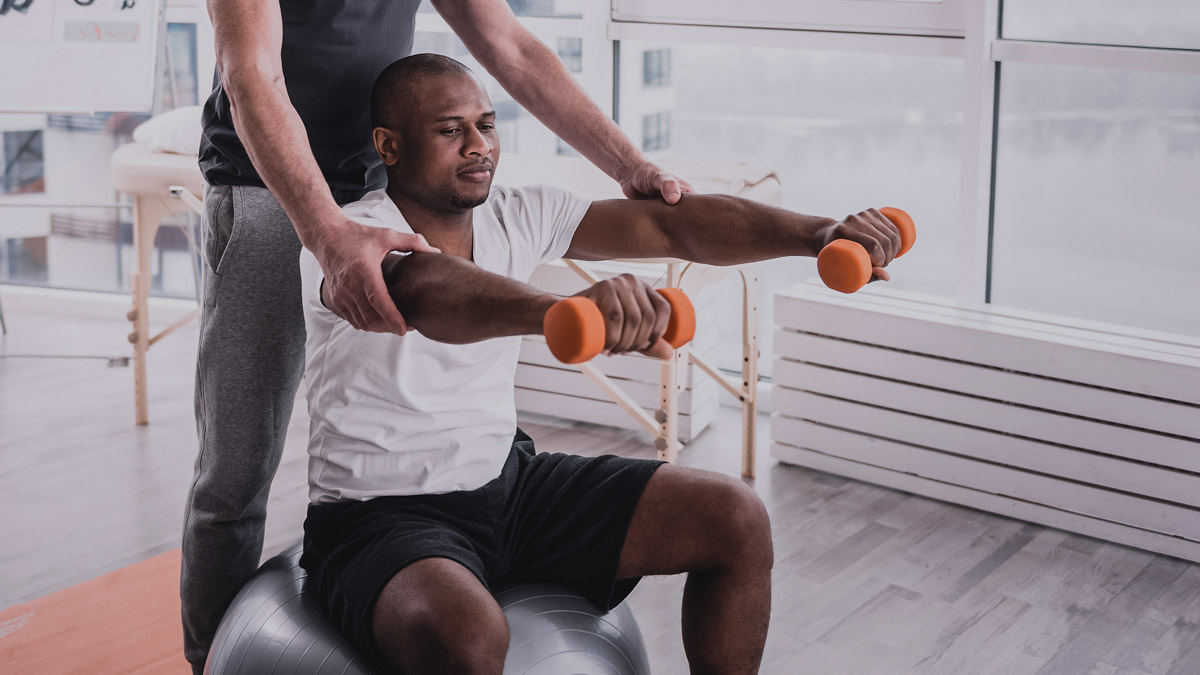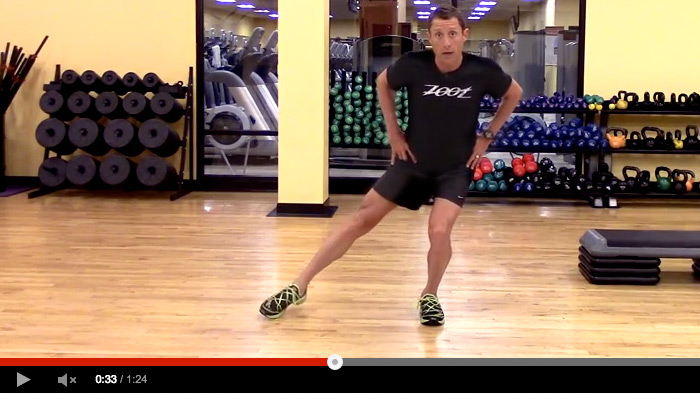When returning an individual to their sport, it’s essential to prescribe a cautious yet progressive strength training program. Helping your athletes rebuild a durable body will allow them to sustain training load and hopefully avoid re-injury—but this can be a tricky balance to hit. While it’s important not to do too much, you also don’t want to prescribe total rest, which can cause body structures to weaken. Remember, the pattern of disuse followed by overuse often results in reinjury.
To understand how weight training can be used for recovery, we first have to understand the structures involved. Bones, ligaments, tendons and muscles all contain an important structural protein called collagen. This essential element of connective tissue can take different forms depending on where it’s used: in bones, it is rigid; in tendons and muscles, it is more flexible.
Think of your collagen fibers like a box of straws. When all the straws are aligned in parallel, they are very strong, but when we sustain an injury, the tissue doesn’t heal back to uniform alignment. Injured collagen looks like a handful of straws thrown on the ground and covered in spray adhesive. As you can imagine, asking it to function in this state isn’t optimal.
With this context in mind, we’ll discuss how to load two key structures (muscle and bone) in order to promote ideal healing. To begin a return-to-training plan, remember first that the type of injury should guide the appropriate exercise prescription for the athlete—and should always be done with the guidance of a physical therapist.
Muscle or Tendon Injury
If your athlete is dealing with a muscle or tendon injury, the first priority is re-establishing proper movement patterns, balance and stability as that muscle or tendon initially heals. Once those objectives are achieved, you can advance into strength training. With this, we want our athletes to be lifting heavy weights with low repetitions.
Let’s touch on what is happening with the muscles and tendons when undergoing strength training. When healing (and as a way to prevent injury), some studies suggest that eccentric exercises can facilitate collagen production and further promote parallel alignment of fibers back to their strongest state. Eccentric strength training, or loading a tissue in its lengthened state, may help the body repair and rebuild fibers in that optimal structural design. These kinds of exercises can be done with high repetitions (ie: 3 sets of 20) up to 6 days per week.
Bone Injury
When rehabilitating a bone injury, the protocol is slightly different. Our body is constantly breaking down and rebuilding bone with osteoclasts and osteoblasts. When the stress on the bone is too high, as seen with excessive training, there is too much breakdown, causing injuries such as stress reactions and stress fractures. This inevitability causes the weakening of the bone.
However, unlike muscle, bone generally responds well to compressive forces. Even if your athlete is coming off of a limited weight-bearing status or out of a cast, using limited or reduced weight-bearing lifting techniques can allow the athlete to heal while still training—and may even help the bone heal faster. The goal is to avoid over-stressing the injury site while providing enough load to help the bone regenerate faster.
Returning to Sport
Eventually, injuries will come full circle, and you’ll be faced with the athlete asking, “I’m better; now what?”
To build true strength, prescribe heavy lifting 2-3 times weekly. Lifting heavy recruits more muscle mass than low-weight/high-repetition weight training. For each exercise, have the athlete perform 3-4 sets of 5-8 repetitions. The exercise should be taxing by the end of each set, with the appropriate rest of at least 90 seconds to follow each set. The speed at which you move is less important when compared to powerlifting or plyometrics. The goal is to move the weight in a controlled motion.
As the athlete increases sport-specific focus in their training, they can maintain those strength gains with a lifting program of 1-2 times weekly. Keep these sessions precise with a specific focus. Less demanding stability, posture, core, and form-focused sessions can be performed throughout the week when training volume is high, and the athlete is fatigued. A good rule of thumb is to maintain strength with 1-2 heavy lifts per week and 1-2 lighter, complimentary sessions per week, which can also focus on performance goals.
The next time you have an athlete come to you with an injury, remember that simply reducing training volume, rest, and unspecific cross-training won’t fix the histological and structural limitations of the individual. Not only will strength training improve your athlete’s strength, but it will also improve their run economy, reduce the risk of injury, and improve performance.









